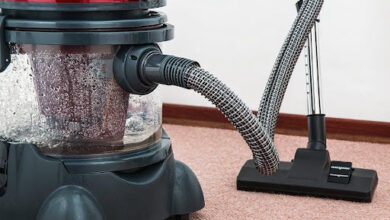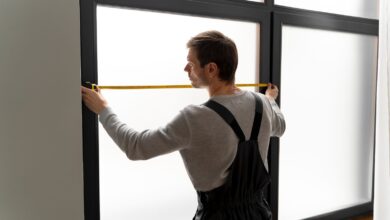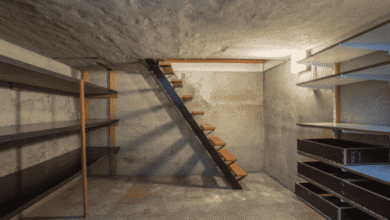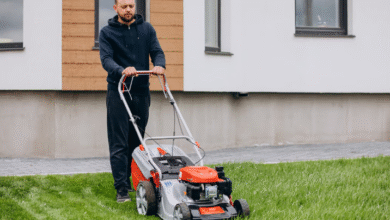A Homeowner’s Guide to Safe and Efficient Chimney Maintenance
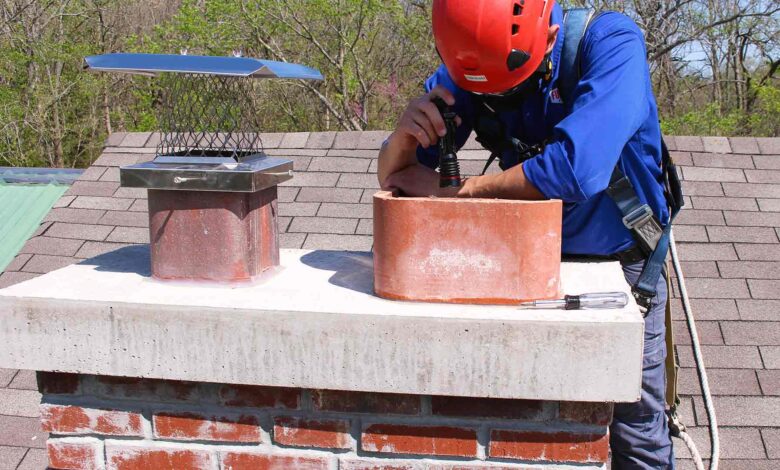
Chimneys are often seen as simple architectural features that complete the look of a home. While they do add visual appeal and character, their real value lies in their function. Chimneys serve a vital role in ensuring proper ventilation when using fireplaces, wood-burning stoves, or heating appliances. Despite their importance, chimneys tend to be one of the most neglected areas of a home—until something goes wrong.
Without regular maintenance and attention, chimneys can deteriorate over time. This deterioration may lead to decreased efficiency, structural damage, fire hazards, and even life-threatening health risks. In this guide, we’ll explore how chimneys work, why they need upkeep, common issues that arise, and how homeowners can make informed decisions about cleaning, inspection, and when to consider chimney repair.
The Purpose of a Chimney System
The chimney system is designed to safely remove the byproducts of combustion from the interior of your home. These byproducts include smoke, soot, carbon monoxide, and excess heat. When the system is working properly, it facilitates an efficient draft, allowing combustion gases to exit while drawing fresh air into the firebox.
Key components of the chimney system include:
- Firebox: The area where the fire burns.
- Smoke chamber: Funnels smoke from the firebox into the flue.
- Flue: A vertical passage that carries gases upward.
- Flue liner: Protects the interior of the chimney and improves safety.
- Crown: The top surface that prevents water from seeping into the structure.
- Cap: Protects against debris, rain, and animals.
- Damper: Regulates airflow and prevents heat loss when the fireplace is not in use.
Each of these parts plays a role in keeping your home warm, efficient, and most importantly, safe.
Why Chimney Maintenance Should Be a Priority
The chimney is directly involved in expelling harmful gases such as carbon monoxide, which is odorless, colorless, and potentially fatal. Any blockage, crack, or malfunction in the chimney could prevent these gases from exiting properly.
Fire safety is another primary concern. A buildup of creosote—a tar-like substance that forms when burning wood—can ignite and cause a chimney fire. In many cases, chimney fires spread rapidly and go unnoticed until it’s too late.
On the financial side, keeping your chimney in good shape can save money in the long run. Small repairs cost far less than dealing with major structural issues, interior smoke damage, or rebuilding an entire chimney system.
Most Common Chimney Problems
Many chimney issues go undetected until they require extensive repairs. Here are the most frequent problems homeowners should watch for:
1. Creosote Buildup
Creosote forms from unburned wood particles and gases that stick to the chimney walls. It’s highly flammable, and even a small amount can increase the risk of a chimney fire. This is why regular chimney cleaning is essential, especially if you use your fireplace frequently.
2. Cracked or Deteriorating Flue Liner
The flue liner insulates and protects the chimney walls. Over time, exposure to extreme heat and corrosive materials can cause the liner to crack or deteriorate. Damaged liners allow heat to reach combustible materials in your home, increasing fire risk.
3. Water Damage
Water infiltration is one of the leading causes of chimney deterioration. It can rust metal parts, erode mortar joints, damage the firebox, and stain nearby ceilings and walls. Chimney caps, crowns, and flashing all help protect against moisture, but they must be inspected periodically.
4. Blockages and Obstructions
Leaves, bird nests, and other debris can enter the flue, causing blockages. Obstructed chimneys may lead to backdrafts, poor air quality, and inefficient heating.
5. Spalling Bricks and Mortar Damage
Bricks can crack or fall apart due to freeze-thaw cycles, moisture, and heat exposure. This leads to weakened structural integrity, which can eventually cause sections of the chimney to collapse.
Signs That Your Chimney Needs Attention
Not all chimney issues are visible from the outside. Here are signs that your system may need inspection or chimney repair:
- Smoke enters your home while the fireplace is in use
- Strange odors coming from the fireplace
- Pieces of brick, tile, or soot falling into the firebox
- Staining on the exterior of the chimney
- Water in the firebox after rain
- A noticeably leaning chimney
- Difficulty starting or maintaining a fire
If you notice any of these warning signs, it’s time to call a certified chimney professional to assess the situation.
The Role of Regular Inspections
Annual chimney inspections are one of the most effective ways to prevent long-term damage. The National Fire Protection Association recommends that chimneys be inspected at least once a year, regardless of how often you use your fireplace or stove.
There are three levels of chimney inspections:
- Level 1: Basic check for structural soundness and obstructions.
- Level 2: More detailed, often required during a home sale or after a natural disaster.
- Level 3: Involves partial removal of the structure to investigate serious damage.
Even if everything looks fine from the outside, there could be hidden issues that only an inspection will reveal.
Chimney Cleaning: What to Expect
Chimney cleaning, or “sweeping,” involves removing soot, ash, and creosote from the interior walls of the flue. It also includes clearing out any blockages that might impede airflow. Certified chimney sweeps use specialized brushes and vacuum systems to ensure thorough and mess-free cleaning.
This process is usually completed in under two hours and provides peace of mind knowing your fireplace is safe to use. It’s also a good time to schedule any small repairs that may be needed to prevent larger problems later.
What to Know About Chimney Repair
Not all issues can be fixed with cleaning alone. When inspection reveals damage, deterioration, or hazards, chimney repair becomes necessary. The scope of repair work can vary depending on the severity of the issue.
Some common repair services include:
- Tuckpointing: Replacing damaged mortar between bricks to restore stability
- Crown repair or rebuild: Sealing cracks in the crown or constructing a new one to prevent water leaks
- Flue relining: Installing a new liner to replace a damaged or outdated one
- Waterproofing: Applying sealants to masonry to resist water penetration
- Cap replacement: Adding or replacing a chimney cap to keep out debris and animals
Hiring a qualified chimney technician ensures that repairs are done correctly and up to code, maintaining the safety of your home.
How to Choose a Chimney Professional
Finding a reputable chimney technician is crucial. Always look for professionals certified by the Chimney Safety Institute of America (CSIA) or members of the National Chimney Sweep Guild (NCSG). They should carry insurance, provide written estimates, and have experience with the specific type of system you use.
Avoid companies that offer prices that seem too good to be true or try to upsell unnecessary services. A trustworthy technician will explain their findings and offer practical solutions based on real need.
Preventative Tips for Homeowners
Taking care of your chimney doesn’t need to be difficult or expensive. A few preventative steps can go a long way in extending its life and reducing your need for future chimney repair:
- Burn only seasoned hardwood to reduce creosote formation
- Avoid overloading your fireplace
- Install a quality chimney cap
- Clear nearby tree branches that may drop debris
- Check for signs of moisture after heavy rains
- Schedule inspections even if you don’t use your fireplace often
Being proactive ensures that your heating system stays safe and efficient year after year.
Final Thoughts
Your chimney is more than just a decorative element—it’s a vital part of your home’s ventilation and heating systems. Like any major home component, it requires attention, maintenance, and sometimes repair to stay safe and effective.
Neglecting it can lead to severe consequences ranging from fires to toxic gas exposure. But with regular inspections, timely cleaning, and professional chimney repair when needed, you can enjoy your fireplace or stove with peace of mind for years to come.
